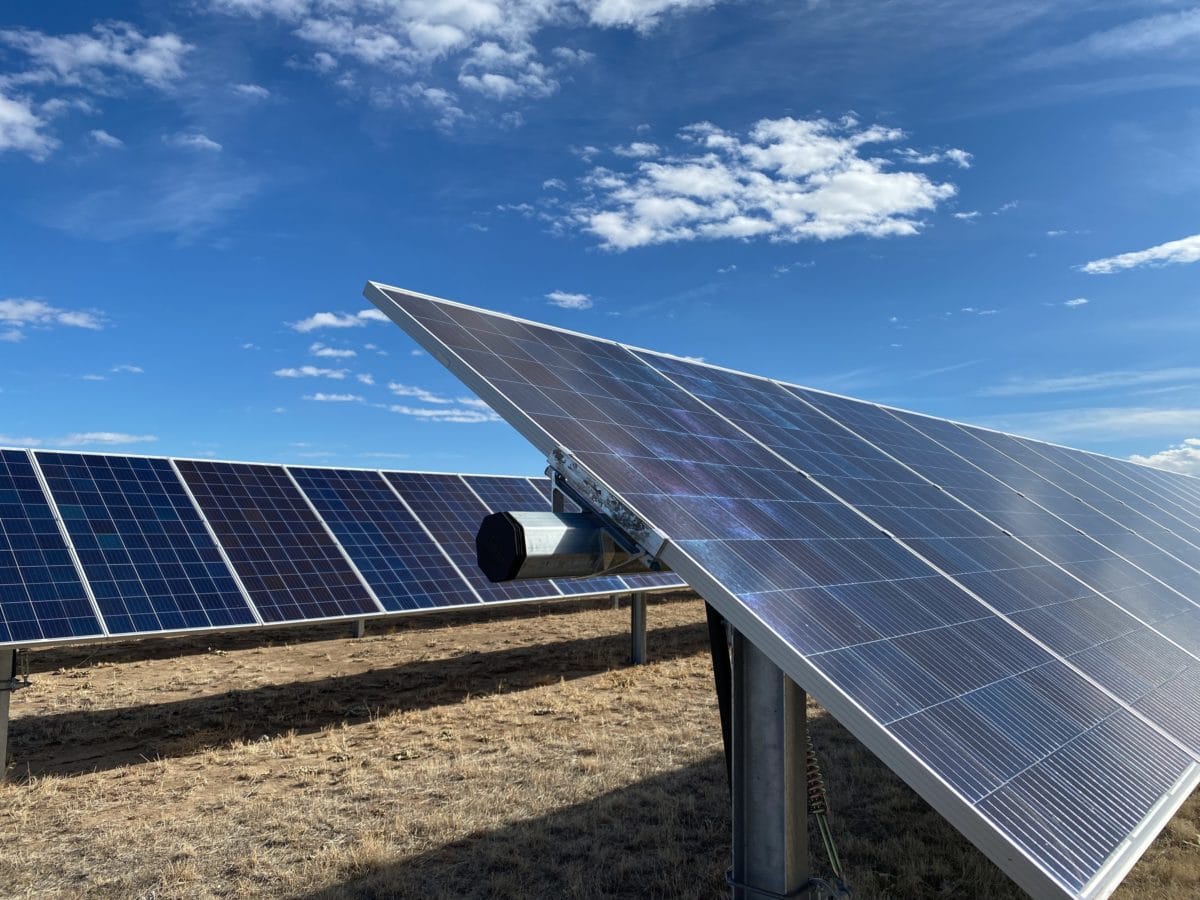Utility Xcel Energy has selected Pivot energy to to develop a 41 MW community solar portfolio in Colorado, with every MW in the portfolio exclusively serving income-qualified households beneath an established income threshold.
The deal represents one of the largest income-qualified portfolios in the United States, and will provide access to affordable, clean energy to thousands of households throughout the state. In order to find customers to fill the portfolio’s capacity, Pivot shares that it will be partnering with local community organization, and will be using SunCentral’s software platform to manage active subscribers.
The two companies have not yet shard how many individual installations will make up the 41 MW portfolio, nor where those projects will be located.
“Pivot Energy is thrilled to deploy this portfolio, which will deliver profound benefits — both environmental and economic — to thousands of income-qualified households,” said Tom Hunt, CEO of Pivot Energy. “As the renewable energy industry strives to advance both energy equity and the clean energy transition, I hope to see other states and utilities emulate the leadership and constructive collaboration of Xcel Energy and the state of Colorado to facilitate more equitable access to clean energy.”
Community solar is recognized as an effective method for expanding access to clean energy and utility bill savings to low- and middle-income (LMI) electrical customers, helping to bridge the means gap that has plagued the solar industry, since ownership and leases are often financially out of the question for LMI individuals and families. These same households have historically been left out of the clean energy transition and that face many of the most adverse climate impacts.
According to Energy Outreach Colorado, one-in-four Colorado households struggle with a high energy burden, which leads to such households spending a disproportionate amount of their income on energy bills, when compared to higher-income households, with the average burden being three times worse. Households that meet or are below the 80% area median income threshold can see energy bills take up to 20% of their monthly income.
The income-verification aspect of the projects included in this portfolio is a bit of a tricky subject. Vote Solar’s Access & Equity Advisory Committee, which includes energy leaders from Vote Solar and a rotating list of partner organizations, including nonprofit solar installer GRID Alternatives, the NAACP, and Nexamp, has publicly shared its view that that one of the biggest barriers to implementing LMI community solar programs is a cumbersome, lengthy, and often humiliating income-verification process in which both the state and the solar vendor are involved. The committee said streamlining this process is critical to enrolling more families in community solar programs.
The group has instead proposed automatic qualification in community solar programs as a solution. Automatic qualification means that eligible LMI households would automatically be included in community solar programs through qualification for another government program, such as the Low-Income Home Energy Assistance Program.
This content is protected by copyright and may not be reused. If you want to cooperate with us and would like to reuse some of our content, please contact: editors@pv-magazine.com.









If LMI solar access means installing rooftop arrays on homes, it’s 4 times or more costly per Watt than ground mounted, single-axis tracking bifacial panel arrays that utilities can build and operate without added costs of net-metering…at 30% higher capacity factors than partially shaded, non-optimum oriented fixed tilt systems.
Simply have LMI customers apply for lower state (taxpayer) subsidized utility rates (and city utilities while you’re at it for water, sewage and trash) and be done with it.
All the extra solar financing foldoroll seems like wasted resources, when tiered rates based on bonafide and audited LMI requirements can be set by state or local governments taxing their constituents for same by various means: income taxes; utility taxes; property taxes; etc. Or else by state utility regulators setting rates by usage and means (number of dependents, SSI, SSDI, etc.) where applicable.
Knowing whether one’s solar generated electrons heat your water or power your shaver is a touchy feely that will go poof after their first lowered bill.
Solar generation at utility scale is the best way to lower everyone’s bills, simply adjust rates and fees by usage tiers and be done with it.
One can assume LMI customers have fewer big screen TVs and are or should be more conserving in usage than those of means with expensive multiple 4-wheel toys like power boats and other wretched excesses they opt to enjoy, costs be damned.
Besides, how are tenants without metered accounts to benefit if utilities are included in their rent?
The only really free thing with solar is Vitamin-D when you get right down to it, and even too much of that can cause a problem for some. 😜